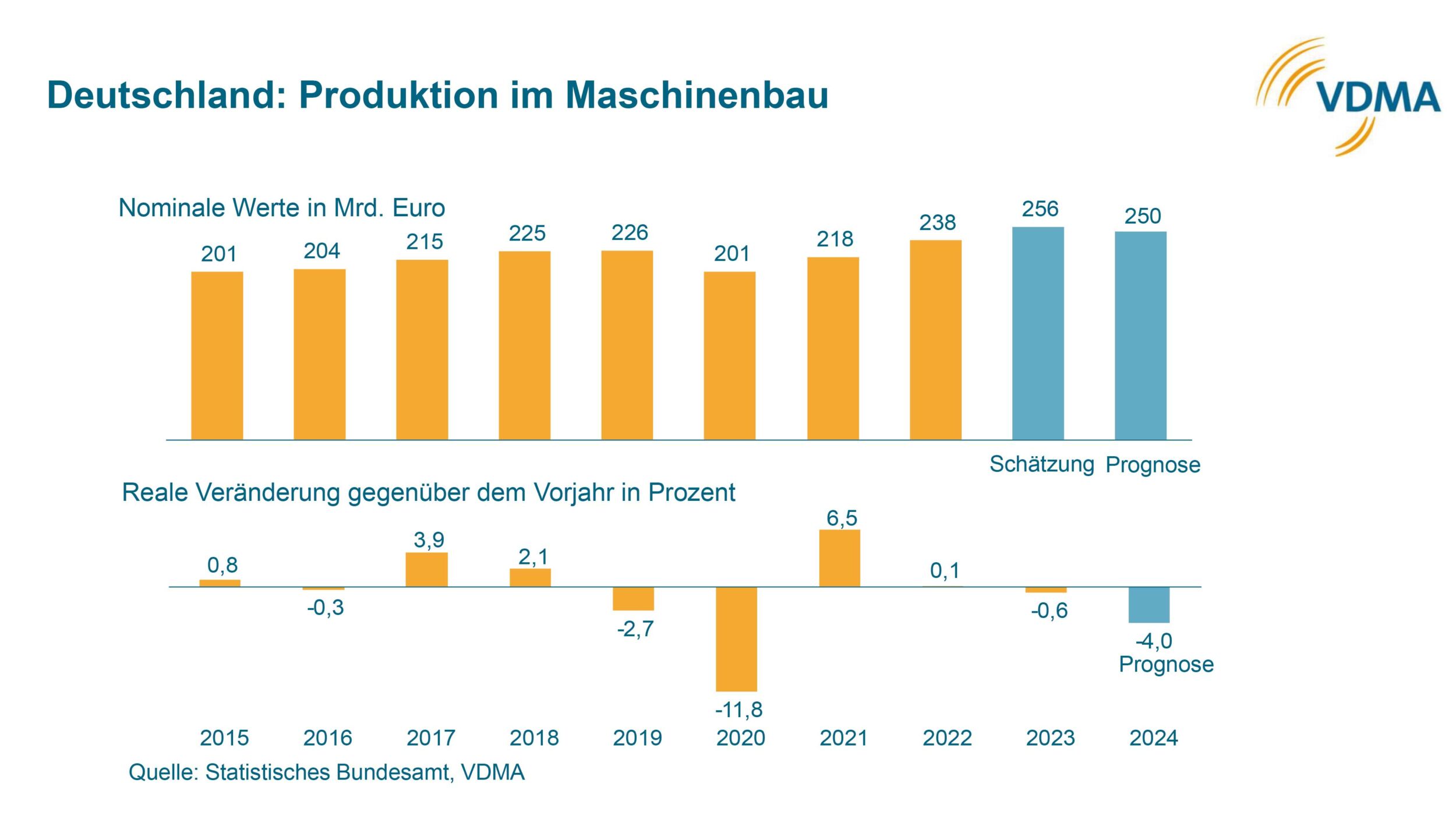
The essential element in this project is the BrainTech technology developed by InnerEye. The tools harness the power of electroencephalogram (EEG) signals, mirroring the cognitive processes of experts when evaluating e.g. plant health. As such, InnerEye’s image-classification system provides a shortcut to the brain of an expert human. The brain is able to process visual imagery very quickly. The decision-making process for an expert to determine whether there’s something unusual in a complex image takes about 300ms. By simulating the human brain’s functions during image analysis, the InnerEye approach significantly enhances the efficiency of disease detection. Fábio de Sousa, Director Technology Solutions Division at Macnica ATD Europe, emphasizes the unique nature of this collaboration. „Combining disruptive BrainTech and AI results in a system capable of reliably imitating human brain functions. This remarkable system has already demonstrated its effectiveness for instance in European airports for identifying dangerous objects within luggage, showcasing the technology’s potential even beyond agriculture.“

Addressing Critical Crop Diseases
Detecting and diagnosing diseases is a great challenge in crop management. Asian soybean rust is a plant disease introduced to Brazil in 2001. Severe infestations can result in crop losses of up to 80%, costing the agricultural industry billions of US$ per harvest. Powdery mildew, another economically significant disease in southern Brazil which can cause yield losses ranging from 10% to 35% is also targeted by this project. Fábio de Sousa points out the critical tasks which are addressed by the combined AI and BrainTech solution: „The ability to promptly detect and manage such diseases is crucial to mitigating their impact on crop yields and profitability. Detection of these diseases requires expert knowledge which cannot be provided by humans onto the millions of soybean acres in Brazil. Therefore, we aim to leverage the knowledge of a few leading experts onto devices that can be applied by anyone right on the acres.“
Streamlining Data Collection and Labeling
A critical factor for the project’s success is the collection and labeling of high-quality data by agricultural specialists. Traditionally, this process has been both expensive and time-consuming. However, BrainTech technology seeks to streamline this task. Initial results have been highly promising, with the equipment demonstrating remarkable accuracy in distinguishing between diseased and healthy leaves. At the core of the technology is the calibration of the system to each expert’s unique brain patterns using EEG signals. Once the system has ‚learned‘ how the expert works, the process of labeling the database begins. The experts are instructed to list (1, 2, 3…) the diseased leaves when they see them on the screen and the system captures the brain signals emitted with each new stimulus of a diseased leave, unlike when viewing a healthy leaf. The counting process reinforces the brain signals, making it easier to differentiate between what is sick and what is healthy. The system can display up to ten images per second. This efficient process significantly accelerates the labeling of image databases, ensuring both speed and reliability in disease identification. For the soybean plant experiment, Innereye installed a test setup at Macnia Brazil premises, where the brain signals of two soy bean plant pathologists from the Brazilian Agricultural Research Corporation Embrapa were captured. Both evaluated around 1,500 images of diseased and healthy leaves for the tests with an EEG collector helmet.
Enhancing Accuracy through Brain Signals
In addition, the system incorporates mechanisms for detecting expert fatigue or uncertainty during the image labeling process. By monitoring experts‘ brain signals, the technology can pause experiments when the critical attention levels drop, ensuring reliable results. Furthermore, the system can discern the expert’s level of certainty when viewing an image, enhancing the accuracy of the AI model’s decisions. „Combining the labeled images – sick/healthy – with the experts‘ brain signals resulted in improved model performance, indicating the feasibility of using AI“, de Sousa points out. The implications of this technology in agriculture are profound. It has the potential to optimize pesticide application, reducing costs and minimizing environmental impact. Additionally, its integration into mobile applications can empower farmers to make quicker and more informed decisions in disease management. „Embedding this model in a cell phone app would make it easier for the farmers to make decisions right on the acre when diseases and symptoms of pathologies are identified, speeding up necessary measures,“ says de Sousa. As the project progresses, there are plans to extend its applications to corn and coffee crops.
www.macnica-atd-europe.com












